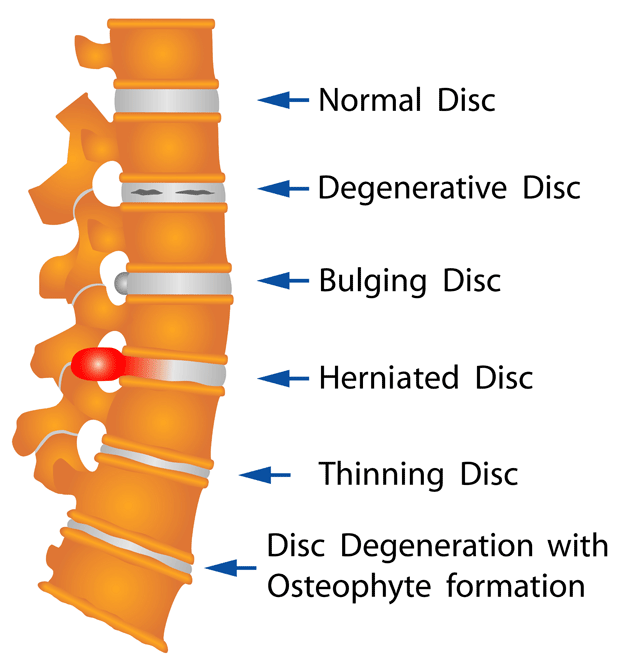
South African rugby supporters are concerned that Stormers No 8 Duane Vermeulen might be declared unfit for the Super Rugby play-offs this season due to a neck injury he sustained during the captain's run on Friday 5 June, ahead of the match against the Lions at Newlands stadium.
Now Sport24 reports that his injury could be more serious than previously thought and Duane flew to Durban on Thursday 2 July for another opinion.
What is wrong with Duane's neck?
When concerns about Duane's neck injury originally surfaced in early June, Health24 spoke to the Strategic Communications Manager for WP Rugby, Howard Khan, who confirmed that Duane had seen a neurosurgeon and results at the time confirmed that his neck spasm was just a minor injury that wouldn't impact his Vodacom Super Rugby play-offs this season.
Jason Suter, Stomers team doctor told Health24: "The neurosurgeon confirmed there is no risk of exacerbating the injury and feels that Duane will be able to play in the Super Rugby play-offs."
However, MRI scans revealed Duane has a bulging disc at the C5 level of his spine (sustained during a tackle against the Blue Bulls during the 25 April game). At the time Suter confirmed that the neurosurgeon had commented that Duane "still shows no sign of specific root irritation."
Treatment included extensive physiotherapy and the consensus was that he did not need surgery and that the bulging disc was not the initial cause of the neck spasms.
Neck pain from muscular strain can take weeks to heal – the key for the patient is to rest and take it easy. Pain should eventually subside completely. Very few patients require surgery to relieve neck pain and surgery may only be necessary to reduce pressure on the spinal cord or a nerve root when pain is caused by a herniated disc or bony narrowing of the spinal canal.
How neck injuries occur
Read: About neck injuries and rugby
Most neck injuries occur during tackles, followed by scrums and then rucks and mauls. Hookers and forwards are vulnerable to serious neck injuries when a scrum collapses; locks may hurt their necks and backs when their feet are pulled from under them during a jump in a lineout.
The neck is extremely vulnerable to injury because, although it is very flexible and supports the head, it is less protected than the rest of the spine. Repeated stress to a rugby player’s neck caused by tackling can lead to the degeneration of the disc.
Injuries to the neck area include cervical vertebrae fractures and dislocations, disc injuries, acute strains of the neck and upper back muscles and whiplash.
A disc consists of a circle of connective tissue with a central gel-like core. A slipped disc occurs due to the breaking down of the circle of connective tissue which results in the gel-like core to press upon the nerves. Repeated stress to a rugby player’s neck caused by tackling can lead to the degeneration of the disc.
The worst kind of back and neck injuries are those that involve the spinal cord. Depending on where along the spine an injury occurs, the result could be paraplegia (paralysis of the legs), quadriplegia (paralysis of all four limbs), or even death. The higher the injury to the spinal cord, the more life-threatening the injury is.
Most minor and moderately bulging disc injuries to the neck are treated conservatively - pain and inflammation medication, physiotherapy, remedial massage - without the need for surgery. Most bulging disc injuries do take several weeks to settle.
Tests to determine the severity of a neck injury
MRI (Magnetic Resonance Imaging). This non-X-ray study allows an evaluation of the spinal cord and nerve roots.
CT (Computed Tomography). This specialised X-ray allows careful examination of the bone and spinal canal.
Myelogram (injection of dye or contrast material into the spinal canal). This specific X-ray examines the spinal canal and nerve roots.
EMG (Electromyogram). This test evaluates nerve and muscle function.
The doctor may also take blood tests and consult with other medical specialists.
Dangerous symptoms and signs are:
- Neck pain, which may or may not be severe
- Decreased feeling in the arms or legs
- Tenderness of the neck
- Swelling and bruising
- Muscle weakness or paralysis of the limbs
- Difficulty breathing
- Unconsciousness
Neck injuries are inevitable in rugby. Yet, a study done in 2014 showed that, among rugby players with severe neck injuries in the Western Cape, 60% of the injured said they would nevertheless advise their sons to play rugby. Only 22% regretted playing.
Diagram illustrating healthy vs. bulging discs

Read more:
Rugby player's head injuries linked to brain decline
How you can avoid sport injuries
Playing a lot of soccer before age 12 could cause later hip deformities
O&A with our Fitness Expert: bulging disc and narrowing of bones – can I exercise?
Study on rugby injuries shows some shocking findings;
Image: Types of disc degeneration from Shutterstock




 Publications
Publications
 Partners
Partners











